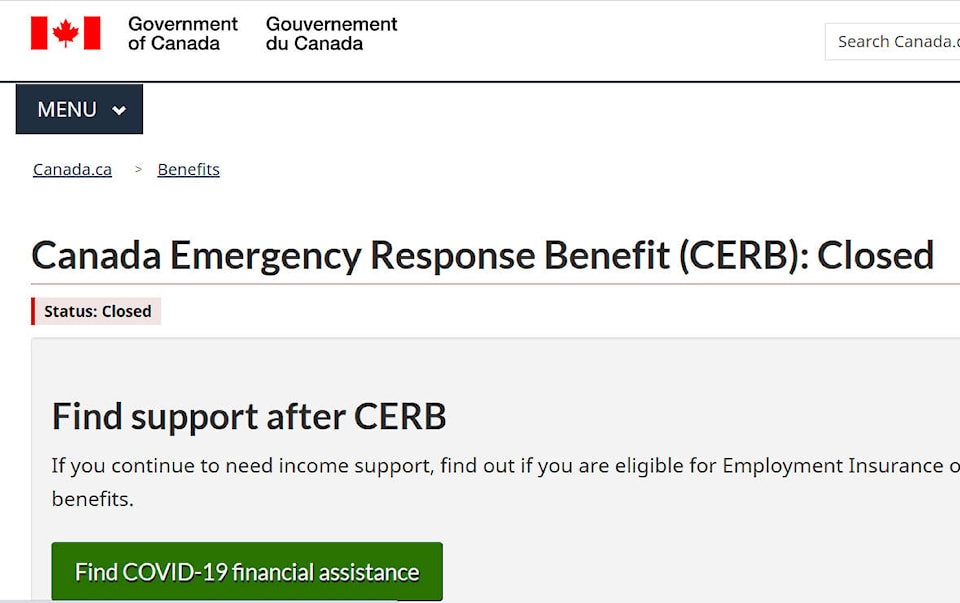Recently released data shows that 35.2 per cent of all Canadian workers who earned at least $5,000 in 2019 collected Canada Emergency Response Benefit (CERB) payments between March 15 and Sept. 26, 2020.
That percentage climbed to 41.5 per cent among First Nations, 40.3 per cent among Inuit and 36.2 per cent among Metis, according to Statistics Canada. Non-Indigenous people received the federal benefit at a rate of 33.9 per cent.
The federal government agency partially attributed the higher rate of CERB collection among Indigenous people to their overrepresentation in jobs that offer relatively low annual compensation.
According to the 2016 national census median employment income among Inuit was $20,984; First Nations, $23,345; Métis, $31,423; non-Indigenous people, $34,013.
The virus, on balance, also affected the lives of Indigenous people to a greater extent.
“Previous research has highlighted the disproportionate social and economic impact of the COVID-19 pandemic on Indigenous people, including a greater impact on their ability to meet financial obligations or essential needs and a slower labour market recovery,” Statistics Canada added in its June 6 report.
The bureau also noted that the country’s Indigenous population is also significantly younger than the non-Indigenous population which, “given the greater percentage of CERB recipients among youth across Canada, also helps to explain the greater proportion of Indigenous workers who received CERB payments in 2020.”
Women, at 36.3 per cent, were more likely than men, at 34.2 per cent, to receive the payments, which were spawned by COVID-19’s impact on the labour force. Women were more affected by lockdowns than men, Statistics Canada stated.
CERB recipients were entitled to $2,000 for an initial four weeks. The benefit was extended to cover a period of 28 weeks, or a maximum of $14,000.
